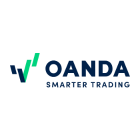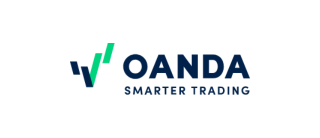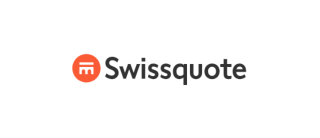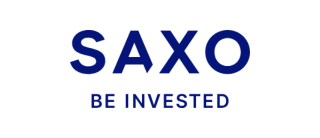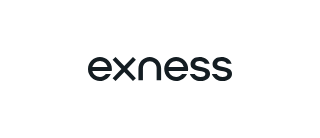Mr Carstens said the required policy response from EM central bankers would stop short of outright “quantitative easing” — the large-scale buying of financial assets undertaken by the Fed and other developed market central banks.
But it would include exchanging high risk, long-dated assets held by investors for less risky, shorter-dated central bank and government liabilities.
Michael Dooley of Drobny Global Advisors, an investment research firm, wrote a paper for the Bank for International Settlements in September 2014 questioning whether EM central banks could act as market makers of last resort.
He notes that, when a central bank buys assets in the market, it pays for them with its own or the government’s bonds or other liabilities — effectively, pumping money into the financial system.
The operation would only work if market participants believed the government was solvent and that its liabilities would hold their value, as measured, for example, against a foreign currency such as the US dollar.
“As long as the government is solvent and can support the value of the assets, it is just helping people over a bad patch and can sell the assets back later at a profit,” Mr Dooley says.
This might work in Mexico’s case, he says, adding that such policies may well be put to the test there given the “immense” amount of low-interest debt in Mexico’s private sector.
